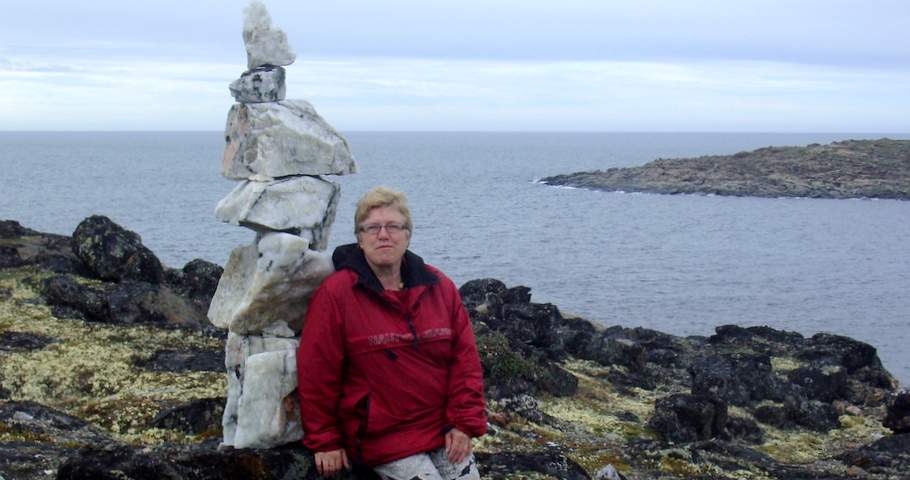Challenging the “mother blaming” culture
I expect all my blog readers including my French readers to be as curious as I am about the Inuit and their culture. Please share this interest with as many people as you can.No Child Should Take the Long Way Home is a grassroot initiative to help children in need of loving care, of a protective and stable environment to meet their basic needs for protection, shelter and education in a safe house/respite home in their own community.
The safety of the children
 In the Nunavik communities, the mothers who have children have to work around the fact that they live in an overcrowded house with 10-15 people and are viewed as responsible for the safety of their children. Think about it: how do you think caregiving to children would evolve if we were to live in such a crowded space?
In the Nunavik communities, the mothers who have children have to work around the fact that they live in an overcrowded house with 10-15 people and are viewed as responsible for the safety of their children. Think about it: how do you think caregiving to children would evolve if we were to live in such a crowded space?The isolation, the lack of financial resources, the racism met in the South are often deterrents to leaving the family home following domestic violence. Besides that, leaving not only holds a high financial cost but there are few alternative homes to welcome a woman and her children in a small community. The engendered stress lead to more violence and distress.
Various risks factors
In that context, there are various risks factors. The Inuit mothers meet challenges and difficulties associated with these circumstances. Inadequate living conditions as in overcrowding (12-15 people in a two-bedroom unit) fuel other social conditions. The domestic violence, the substantial alcohol abuse, the lack of employment opportunities and training all contribute to a heightened rate of depression, trauma symptoms, and self-harm of mothers and children.Challenging the “mother blaming” culture
I want to challenge the “mother blaming” culture. Should we live in such circumstances, we would certainly experience a loss of control in our mothering, and supporting our children would appear difficult to do at best, and totally distressing at most.Repercussions that last a lifetime
As a psychotherapist for many years and then in the last few years, as a social worker, I've seen first-hand the deep hurt and devastation that children feel when their attachment to their parents is compromised. When a child is removed from his home, the sensation of abandonment over time changes to discouragement, then resignation, and may times, to rage, therefore potentially perpetuating the cycle of violence.Children live recklessly following a pattern of self-destructiveness
Our streets are full of children who live recklessly following a pattern of self-destructiveness when parents are overwhelmed by the weight of their roles as teachers, protectors, and providers. In the context of violence, it becomes almost impossible to play the parental roles in a way that makes sense for the mothers.When they live with violence, children cannot be expected to grow with outstanding values
When women experience violence, their heart is discouraged and it is most difficult to care for their children in a manner that is not self-involved. When a parent cannot walk his children through their young lives and be a visual representation of what a good person is expected to do, children cannot be expected to grow with outstanding values and they risk more heartache and desolation.It should not matter where you reside to live a good life when you are a child
The reasons for violence and abuse are complex but they are generally related to the effects ofpoverty, high rates of unemployment, substance abuse, overcrowding and other socio-economic
factors. Addressing the issue of domestic violence and abuse is a priority for this project because not only are the women affected but even more so their children.







No comments:
Post a Comment